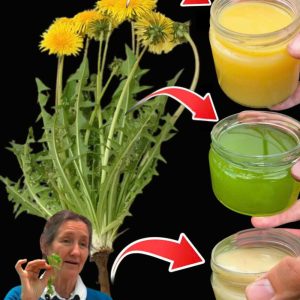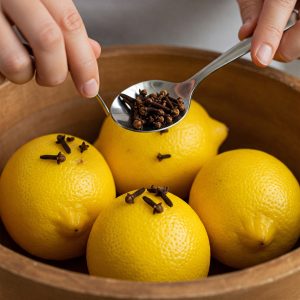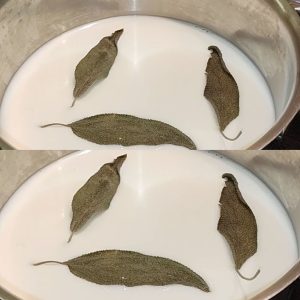Finding a natural remedy for warts can feel like a relief, especially when it involves something as accessible and versatile as apple cider vinegar (ACV). This pantry staple, cherished for its myriad of health benefits, also holds the secret to addressing those pesky, stubborn warts. Let’s explore how the humble apple cider vinegar can become your ally in removing warts and rejuvenating your skin.
Why Apple Cider Vinegar?
Apple cider vinegar is celebrated for its antiviral, antibacterial, and antifungal properties, making it an excellent natural option for targeting the root cause of warts – the HPV virus. The acidic nature of ACV helps to gradually peel away the affected skin, allowing the wart to diminish and eventually disappear, all while minimizing the risk of spreading the virus.
A Simple Yet Effective Method
Embarking on your wart removal journey with apple cider vinegar is straightforward and requires minimal preparation. Here’s a step-by-step guide to using ACV effectively:
Clean the Area: Begin by washing the affected skin with warm water and soap, ensuring it’s clean and dry before application.
Protect Surrounding Skin: Apply petroleum jelly or a protective barrier around the wart to safeguard healthy skin from the acidity of the vinegar.
Apply Apple Cider Vinegar: Soak a small piece of cotton ball in apple cider vinegar. Squeeze out excess vinegar to prevent dripping.
Secure the Cotton Ball: Place the vinegar-soaked cotton on the wart and secure it with a bandage or medical tape. This ensures the area remains in contact with ACV.
Leave Overnight: For best results, leave the cotton ball in place overnight or for as long as comfortable during the day. Repeat daily.
Monitor Progress: It may take several days to weeks to see improvement. The wart should darken, shrink, and eventually fall off.
Patience and Care
Remember, consistency and patience are key when using natural remedies like apple cider vinegar. It’s important to monitor the skin’s reaction and give the process time to work effectively. If irritation occurs, discontinue use and consult a healthcare professional.
Embrace the Natural Approach
Turning to apple cider vinegar for wart removal not only taps into the power of nature but also offers a gentle alternative to more invasive treatments. With its ability to attack the virus and promote healing, ACV stands as a testament to the effectiveness of natural remedies. So, before you consider other methods, why not give apple cider vinegar a chance to work its magic on your warts? It’s a simple, cost-effective solution that might just restore your skin to its natural beauty.




